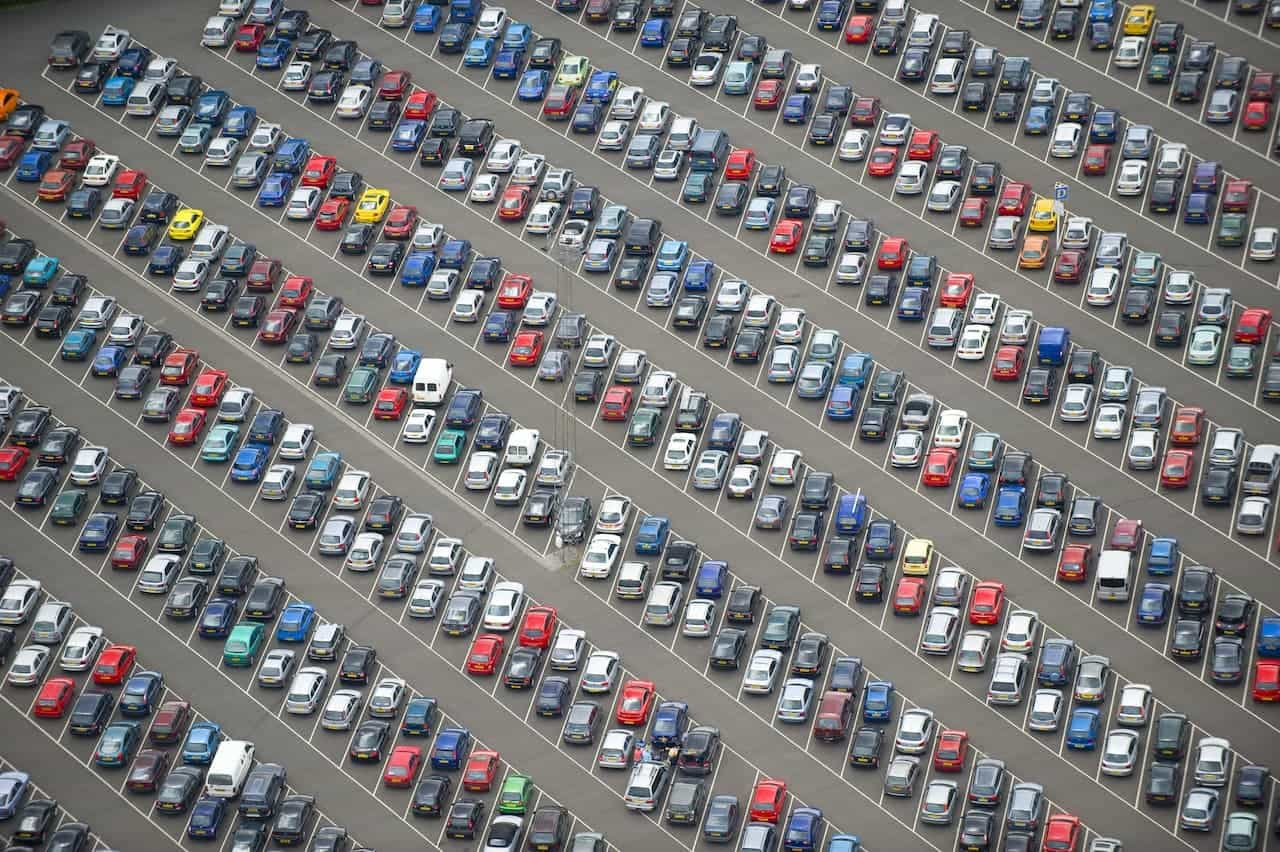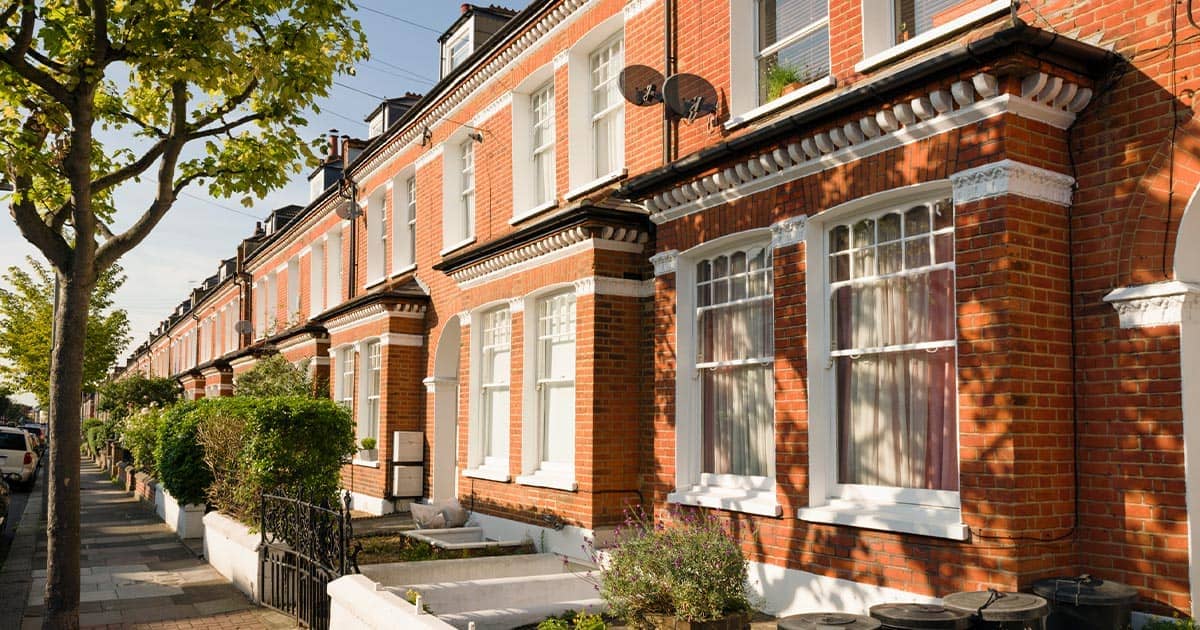Safety in your workplace parking area
Identifying and reducing risks in your car park
Vehicle collisions
One of the main and most frequent risks in a car park is of two vehicles hitting each other. This kind of accident is usually caused by poor car park organisation, so take the following steps to reduce the risk of a vehicle collision:
- Have clear and well-maintained parking spaces, road markings and pedestrian areas so that there is no confusion for drivers.
- Ensure that parking spaces are adequately sized for drivers of all size vehicles, especially with the rise of SUV sales in the UK, which will need larger spaces.
- The surface of the road should be smooth and level to ensure that ground labelling can be read clearly.
- Depending on the size of your car park and how much influence you have over modifications to the ground, consider designating certain areas of the car park for different types of visitors to your premises, such as employees, suppliers, customers or guests. You should also ensure that there is signage to guide the right groups into the right area.
- Consider an area for vehicles that don’t require much room such as motorcycles or scooters
- Keep delivery, loading bays and high traffic areas clear of parking spaces to avoid collisions.
- Designate an area for drop-offs that helps to keep pedestrians safe. Somewhere near the entrance of your building is ideal but you should also consider the safety of other drivers and pedestrians.
- Signage around your car park should be good enough to point out the key areas clearly, such as disabled areas, speed limits, entrances and exits or no-entry areas.
- If possible, have a member of staff to coordinate parking in your car park, who can guide visitors or keep your car park clear of debris for users.
Pedestrian Safety
Pedestrians’ safety should always be your main priority in a car park, as an injury to a pedestrian is much more serious than a vehicle collision. Take these following precautions to help ensure and promote pedestrian safety in your car park:
- Minimise the distance between a car parking area and your building entrance so that pedestrians spend little time going from vehicle to safety.
- Make sure disabled spaces are closest to your building entrance and that there is ample room for loading and unloading wheelchairs. You should also ensure that there is a wheelchair friendly accessible entrance to your building near the disabled parking area.
- Have a maintenance routine to ensure that the surface of your car park is smooth and even to avoid slips and trips for pedestrians.
- Physical barriers could be installed to keep vehicles out of pedestrian areas.
- Walkways should be easy to locate for pedestrians and should be prevalent throughout the site so that vulnerable pedestrians, such as the elderly or the disabled, don’t have an issue finding where to walk.
- There should be plenty of lighting around the car park to ensure that all visitors have visibility of any signage, road layouts or trip hazards. Have your lighting checked regularly.
- Your car park should feature in your risk assessments. This assessment should include the risks themselves, how you have mitigated or eliminated them and how you keep your car park fit for purpose. Make regular updates to this assessment.
Environmental risks
The environment can pose risks to the safety of your car park that you should be aware of, and you should know how to limit these risks. Weather such as heavy rain or snow can make your car park more dangerous, as well as cause an excess of slippery leaves on the ground from nearby trees or shrubbery. Whilst some of these risks can’t be avoided you can take the following steps to mitigate the risks:
- As the colder months set in, it is more likely that rain will affect the roads. You may even experience ice and snow. You should either have trained staff or a contractor come along to grit, de-ice or remove snow from both vehicle and pedestrian areas.
- You also experience more fallen leaves on the ground during the colder months. You will need to have someone clear these hazards, as they can cause both vehicles and pedestrians to slip.
- Have regular maintenance performed on the drainage systems in your car park to prevent flooding during periods of heavy rain.
- Limit trees and shrubs in your car park which could damage cars or injure pedestrians. If these hazards can’t be removed, have a member of staff monitor these dangers.
Theft
At any given time, a car park could contain thousands of pounds worth of property, whether this is the cars themselves or belongings inside cars. This means that car parks can be profitable hunting grounds for thieves. Take some of these precautions to reduce the risk of theft in your car park:
- Install CCTV cameras and alarm systems in your car park and use highly visible signage to let thieves know that they are being watched.
- If your car park is only for employees, consider implementing a system that restricts people who can enter the premises, such as a ticketing or Automatic Number Plate Recognition (ANPR) technology.
- Install physical barriers such as fences or electronic gates to deter thieves from entering the site.
- If budget allows, have security staff on the premises who can maintain safety in the car park or alert the police or other authorities if necessary.
Fire safety
If your car park is underground or multi-layered, the law requires that you have a fire risk assessment for the car park. This should include the emergency escape plan in the event of a fire which should be communicated to all those who need to know via training and proper signage.
Business insurance with Premierline
Finding the perfect business insurance cover that fully protects your business can be difficult if you don't know what you need. Premierline is a business insurance broker who will assess your business' needs to find insurance covers that give you the protection that you need.
Get in touch to speak to one of our insurance professionals who will work with some of the UK's most well-known insurance providers to compare insurance quotes.
















